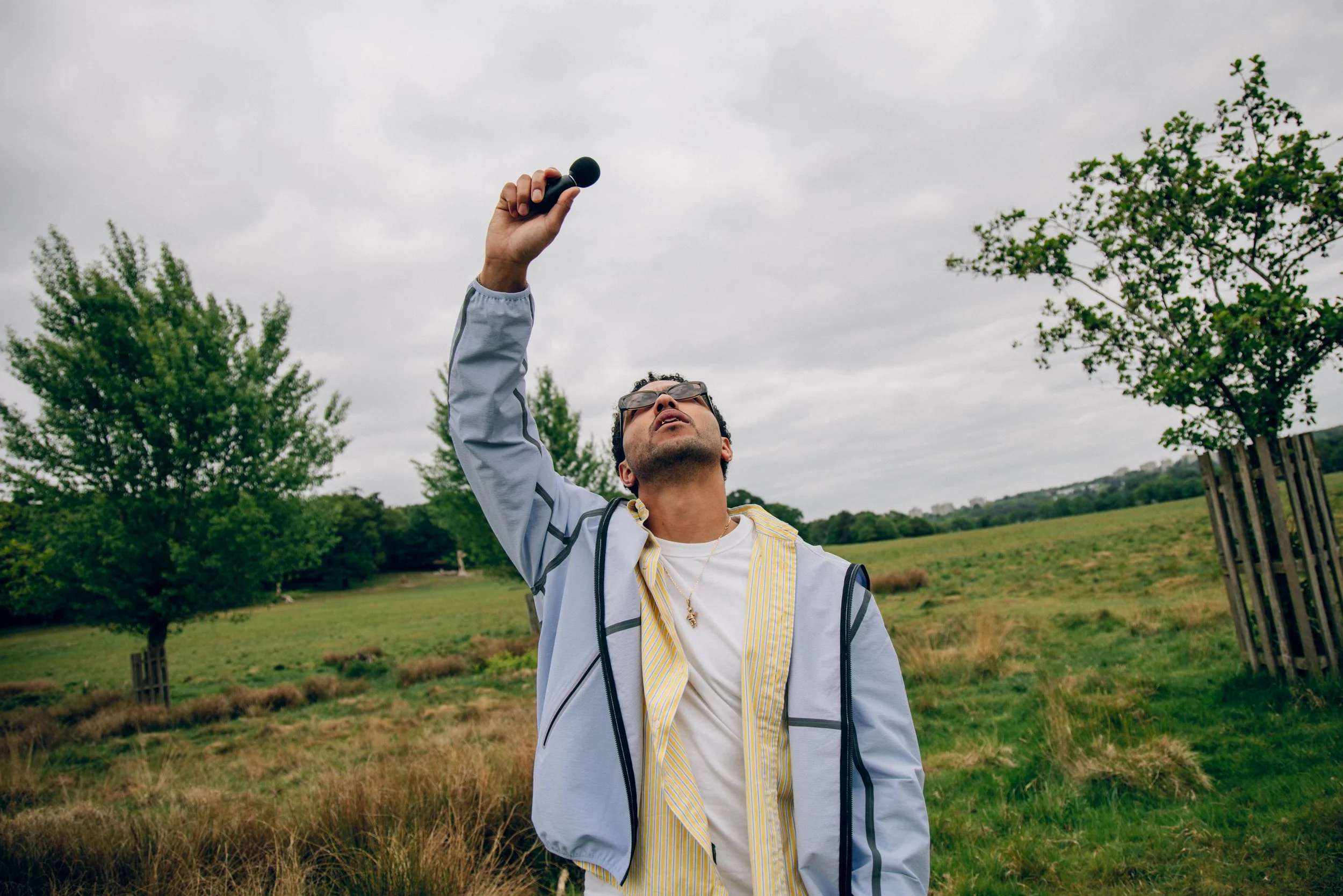digital content
Nature’s about to take over your feed.
If you’re looking for a new series to sink your teeth into, a song to rinse and repeat, or a comic to flick through, we've got you. Just imagine all your favourite algo suggestions but with a Nature edit.
Feature projects:
Werk of Nature
Nature is the original (drag) mother. But have you ever seen her flex like this? With the help of scene royalty, we’re serving overlooked species that need your attention.
ReRooted
What soundtracks your daily life? Traffic? Watercooler chat? Overthinking? (Honestly, same.) Amongst all the hustle and bustle, the natural world performs for us every day. And it doesn’t miss a beat. It made us think: what happens when Nature becomes a part of the band?
Nothing makes us happier than getting to share a species’ story with brand new audiences. Through our creative cohorts, we partner with different creators who flex what they’re good at so we can get more eyes on EDGE.
Mini collab series

Nature’s Palette
We love a natural makeup look here at On the Edge. We partner with some of the most popular makeup influencers to recreate Nature’s freshest looks.
The Animal Sensemaker podcast
Our podcast, The Animal Sensemaker, is made in partnership with The Observer. In less than 10 minutes, learn something new about a species you love or discover a species you didn’t know existed.
Animals in Therapy
Ready to laugh louder than a Hyena? Animals in Therapy is a comedy series that highlights how your life might not be a million miles away from a Condor’s, a Whale’s, a Sea Otter’s, or an Axolotl's.

























